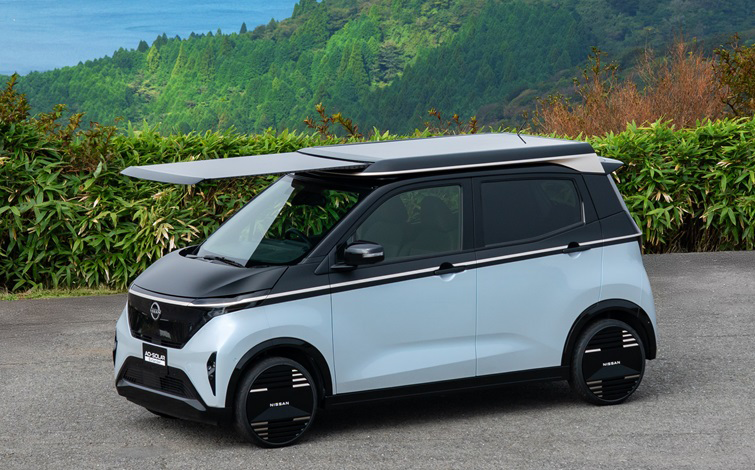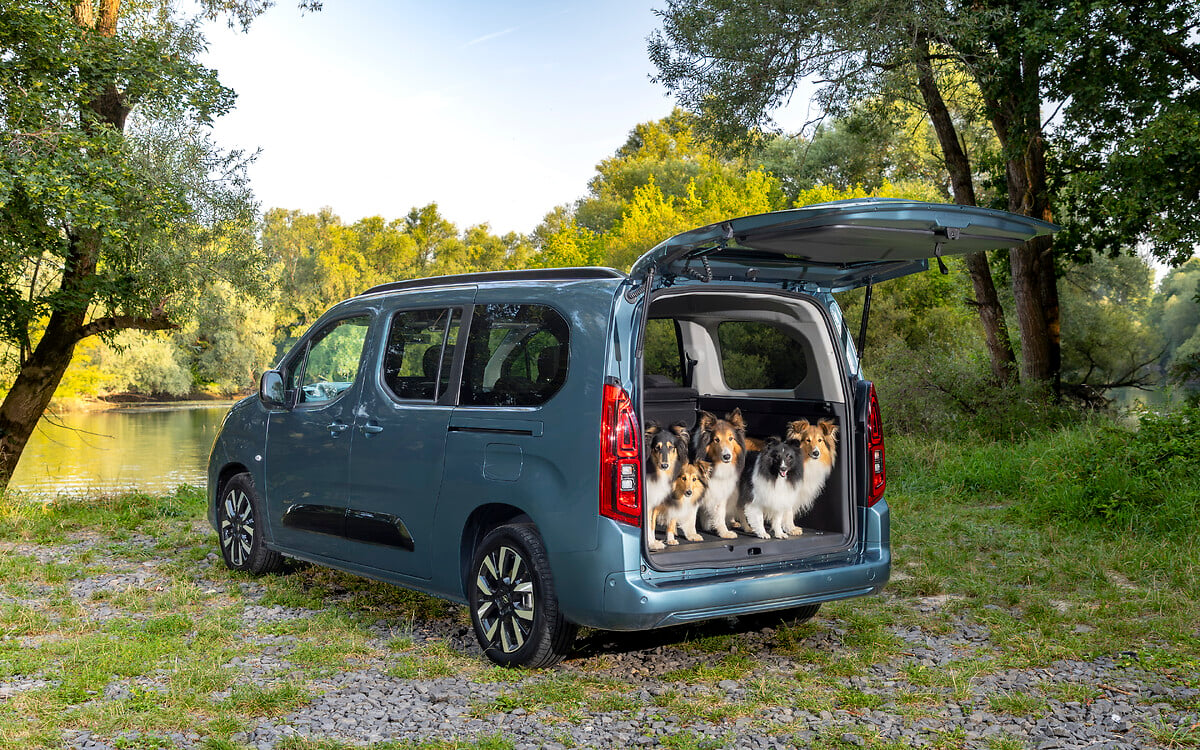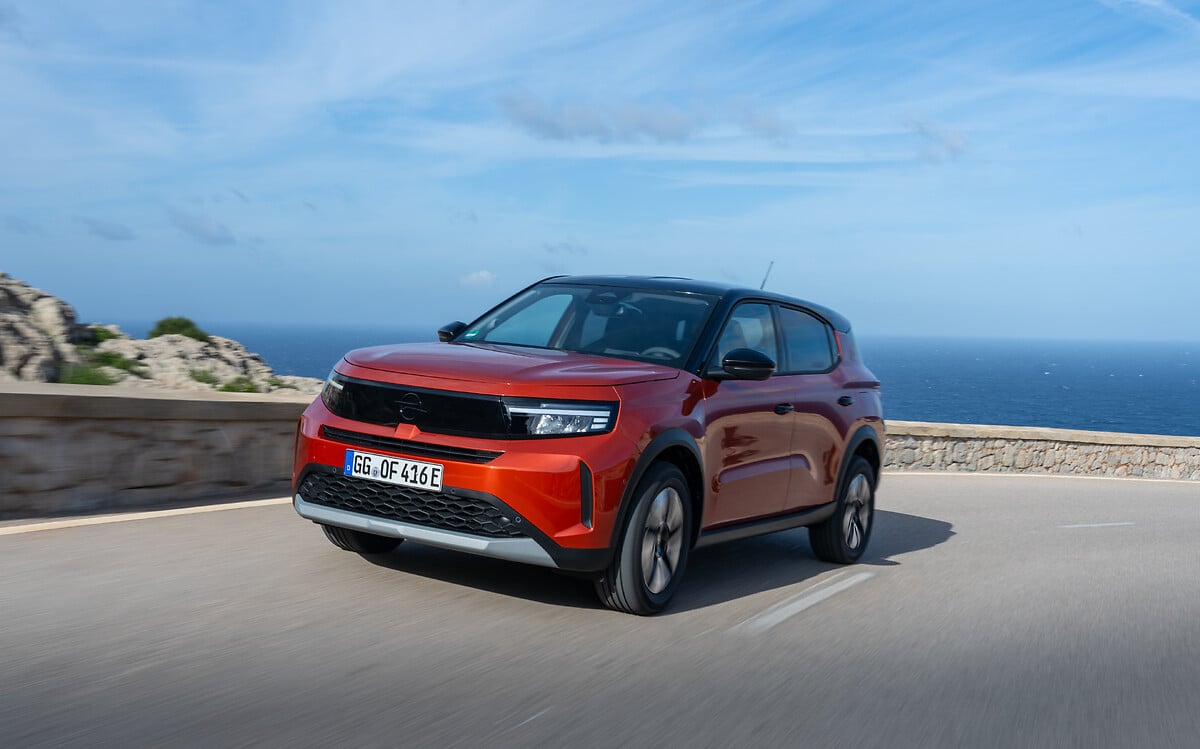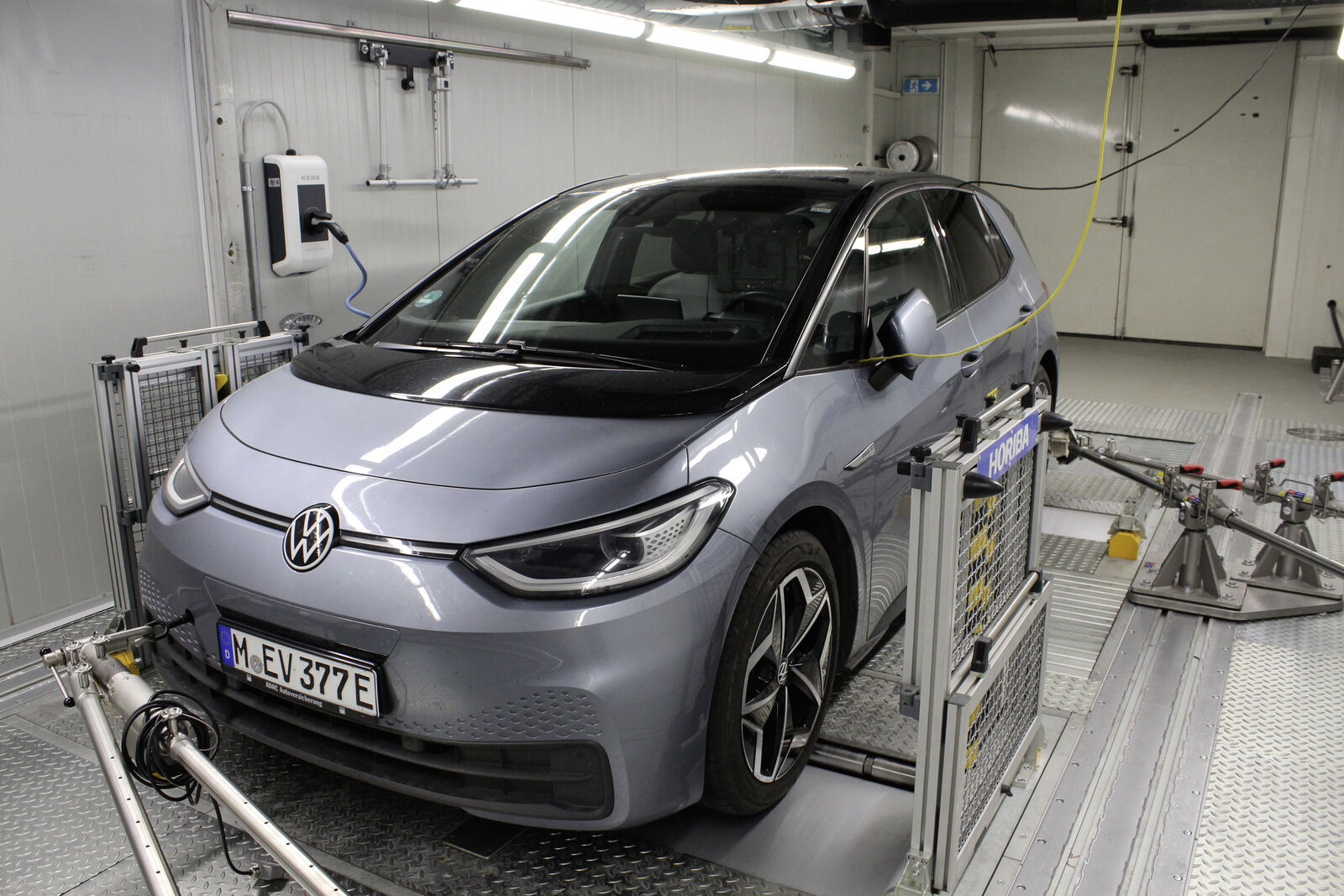Samsung SDI was present at Energy Storage Europe 2018, Germany’s ESS Exhibition and revealed a new high-capacity battery cell.
The 111Ah ESS battery cell showcased by Samsung SDI at the conference has the feature of substantially increased capacity. The capacity of this ESS battery is enhanced while the size is maintained through material innovation, and thus significantly increased the energy density of the battery. Moreover, the strength of this battery is that it allows an easy product upgrade without having to modify its design.
Samsung SDI first unveiled its new high-capacity ESS product, E3 model, which 111Ah cell is used to enhance the energy density. E3 can store the same amount of energy with less number of cells, enabling the size of the ESS facility to be reduced. This feature will receive spotlights from the market because it means that it can save installation and management cost.
We see that Samsung SDI considers the 94 Ah battery cell to be its long cycle life product. Nothing that we didn’t know already since its specs show a very impressive cycle life.
Anyway, since the upcoming 120 Ah battery cell is aimed for electric cars, this - same sized - new high-capacity 111 Ah cell seems to designed for ESS (Energy Storage Systems) only. Nonetheless, if some automaker decides to use it for EV battery packs, it gets a 39,4 kWh (96 x 3,7 V x 111 Ah) battery.
More info:

